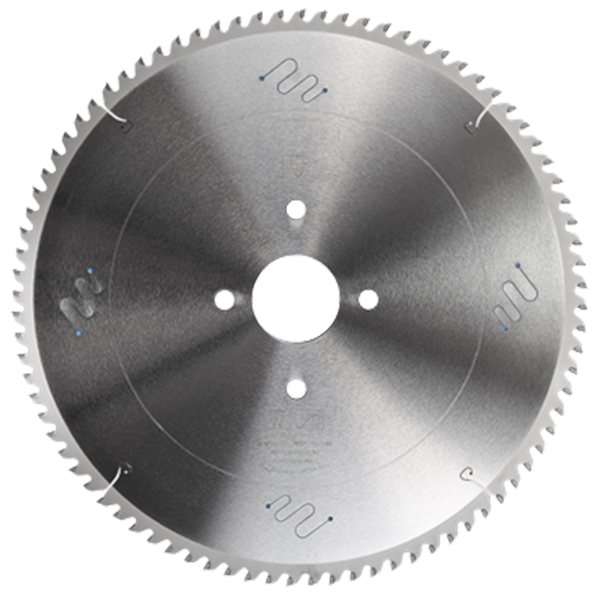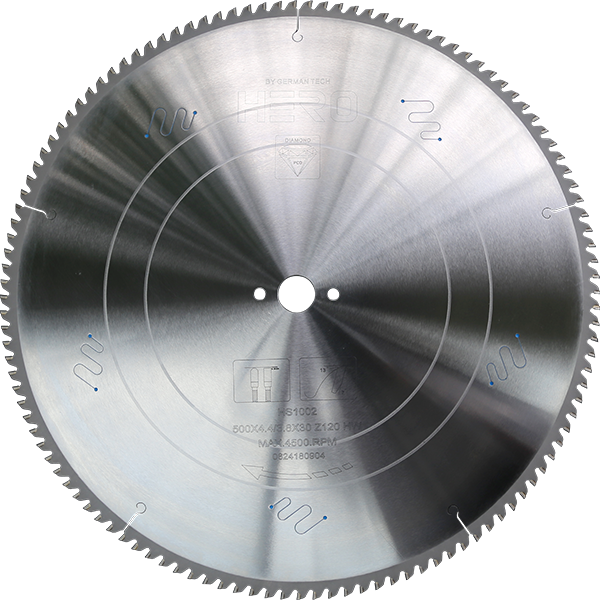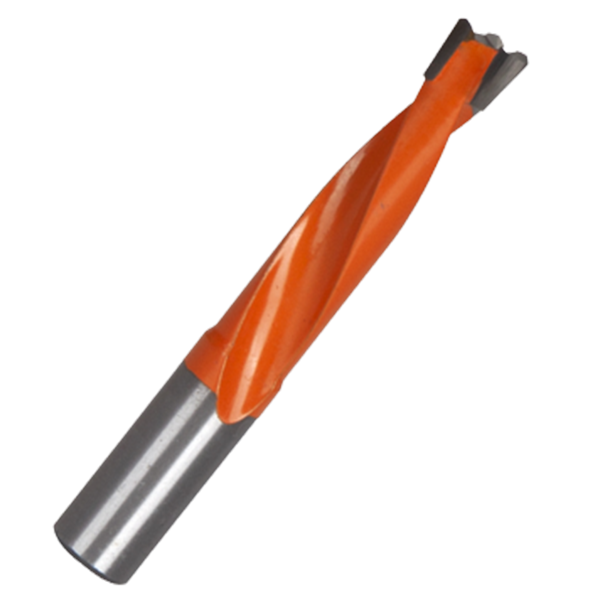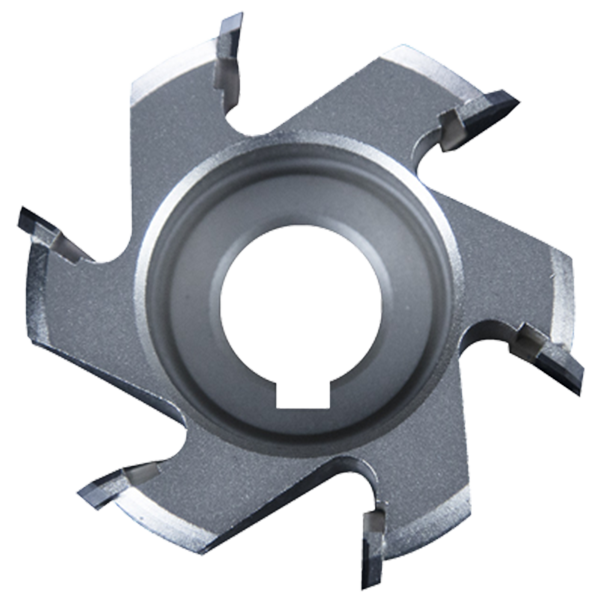introduction
Circular saws can be very useful equipment that enable you to rapidly and effectively cut wood and other materials. However, there are a number of Tips you must master if you want to use one efficiently.
Here can be simply categorized into two kinds:
1: is the use of the saw blade itself
2: saw blade maintenance skills
Learn how to use a circular saw safely and effectively. To save you the trouble of picking up everything by yourself through trial and error
The following articles will introduce you to each of them
Table of Contents
-
The use of the saw blade itself
-
1.1 Choose the right type saw blade for your work
-
1.2 Correct Safety Equipment
-
saw blade maintenance skills
-
2.1 Regular saw blade maintenance
-
2.2 Sharpening the saw blade
-
Conclusion
The use of the saw blade itself
1.1 Choose the right type saw blade for your work
What we need to know is that even among saw blades, there are many different types of classifications.Not all blades are good for all jobs.
From the aspects of processing materials, processing functions and equipment.
Using the wrong type of saw blade will greatly reduce the processing effect and efficiency.
So it’s important to know your own equipment and processing needs to choose the right saw blade.
If you are not sure for sure. You can contact us. We will help you and give you appropriate advice.
1.2 Correct Safety Equipment
**Make adequate preparations at work
Wear appropriate protective gear, including safety glasses, gloves, and hearing protection.
When using a circular saw, the absolute bare minimum in terms of safety equipment is a pair of sturdy work gloves and sufficient eye protection.
Circular saws can spit out wood chips that can hit you in the eye, potentially injuring or blinding you permanently. You can’t get your sight back if you lose it in an eye, therefore it’s not a risk you should consider.
Wear adequate protective eyewear at all times; ordinary glasses will not suffice. Safety glasses will protect your eyes, but safety goggles are the finest alternative for comprehensive protection.
Gloves will shield your hands from splinters but won’t offer much protection if your hand comes into touch with the whirling blade.
To protect yourself from breathing in sawdust and other particles, you might also think about using a mask.
Saw Blade Maintenance Skills
1: Regular saw blade maintenance
2:Sharpening the saw blade
1:When not in use, oil it regularly to prevent rust.
Avoid excessive moisture or humidity. Otherwise, the blades may rust and/or pit.
Also WD-40 is a good choice to use.To remove the rust off a circular saw use WD-40 or any other Anti-Rust spray. Apply a generous coating of WD-40 and brush away the rust after waiting for 10 minutes. Remember not to use water to clean the rusted saw blades.
CLEAN YOUR CIRCULAR SAW BLADE
Cutting materials like wood, plastic, and plexiglass causes material buildup on a circular saw blade. It is unsightly and also affects the quality of the cuts with your circular saw.
circular saw blade. It is unsightly and also affects the quality of the cuts with your circular saw.
An unclean circular saw blade has a burnt look.This will diminish the saw blade’s sharpness and efficacy, resulting in burn markings and tear-outs on the material being cut.
To increase the durability of the circular saw blade and for smooth cuts, cleaning the blade is necessary.
Lubricating a Circular Saw Blade
Once the blade has been properly cleaned and dried, it is time to lubricate it.
Lubricating the blade not only reduces friction, but also prevents further rusting of the circular saw blade.
There are two types of lubricants: dry lubricants and wet lubricants.
Wet lubricants are perfect for environments where natural rain and moisture are abundant.
Since circular saws will not be used or set aside in the rain, it is best to use a dry lubricant.
Dry lubricants look wet when applied, but the solvents in them quickly evaporate, leaving a thin layer of oxidation that smooths the surface by reducing friction.
Dry lubricants can be applied to surfaces that will come into touch with other surfaces, such as metal on metal or wood on wood.
Spray the dry lubricant (available in a spray can) in and around the circular saw, making sure to coat the blade completely.
2:Sharpening the saw blade
However, any circular saw will dull after a period of use, and with a dull blade, your saw will not be able to make clean, accurate cuts.
A dull blade not only slows down work but can also be dangerous because to overheating, harsh finishes, and kickbacks.
To sharpen a saw blade, you first need to know the arrangement of the saw blade teeth.
Ripping blades usually have the teeth aligned all in the same way while crosscutting blades have the teeth aligned in an alternate top bevel pattern.
Below we will introduce two different grinding methods.
Returning to the material of the saw blade itself will also affect the sharpening method.
Less expensive blades are typically constructed of high-speed steel (HSS). Sharpening an HSS blade with a standard file is possible.
If your blade has a carbide tip, the situation is more complicated. These blades are designed to be so hard and durable that regular sharpeners won’t work. You’ll need a diamond file or machine – or take it to a professional to have it sharpened.
Sharpening Ripping Blades
necessary item:
-
Bench Vice -
Washable Marker/Chalk -
A thin strip of wood (At least 300mm long, and upto 8mm thick) -
Ca file
Place the blade in the vice and secure it. If you clamp it too tightly, you will risk ruining the blade. If you bend it, it will lose its ability to cut in a straight line and become worthless.
A thin strip of wood can be clamped to the saw bed and against the
tooth, to ensure that the blade doesn’t spin whilst you try to loosen the bolt that holds it in place.
Mark the first tooth (using the Chalk or Washable Marker) to save you sharpening teeth more than once.
Sharpen the first tooth using the file. The optimum method is to just file in one direction using a forward filing motion. Able to see clean steel on the blade. Meaning the tooth should now be sharp and ready to move on to the next one.
Sharpening Cross Saw Blade
The primary distinction between ripping and crosscutting blades is that crosscutting blades frequently feature teeth with alternate bevel angles. This means that alternating teeth must be sharpened in opposite directions.
Following the same basic steps, secure the blade in the vise and mark the first tooth with a pen. The only difference is that when you grind your teeth, you have to sharpen every two teeth.
In addition to the above two methods, for professionals, there are special sharpening equipment
This technique is much faster,But it requires experienced personnel to operate and sharpen.
Conclusion
Sharpening is a great way to extend your blades’ lifespans while also saving yourself a bit of cost.
A circular saw is an important part of a woodworking kit as it helps us with cutting as well as other functions of grooving.
In the pursuit of work efficiency and effectiveness, correct use and maintenance are often the most important.
If you are interested,we can provide you best tools.
We are always ready to provide you with the right cutting tools.
As a supplier of circular saw blades, we offer premium goods, product advice, professional service, as well as a good price and exceptional after-sales support!
In https://www.koocut.com/.
Break the limit and move forward bravely! It’s our slogan.
Post time: Sep-28-2023








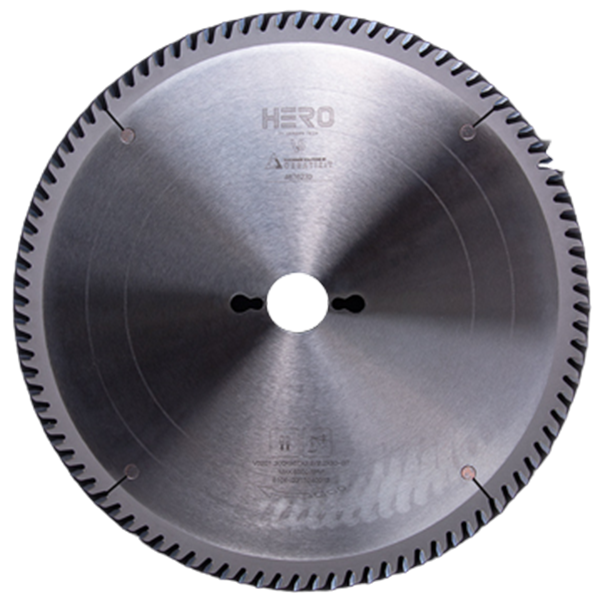 TCT Saw Blade
TCT Saw Blade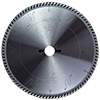 HERO Sizing Saw Blade
HERO Sizing Saw Blade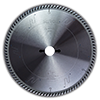 HERO Panel Sizing Saw
HERO Panel Sizing Saw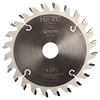 HERO Scoring Saw Blade
HERO Scoring Saw Blade HERO Solid Wood Saw Blade
HERO Solid Wood Saw Blade HERO Aluminum Saw
HERO Aluminum Saw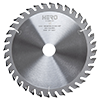 Grooving Saw
Grooving Saw Steel Profile Saw
Steel Profile Saw Edge Bander Saw
Edge Bander Saw Acrylic Saw
Acrylic Saw PCD Saw Blade
PCD Saw Blade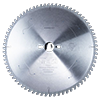 PCD Sizing Saw Blade
PCD Sizing Saw Blade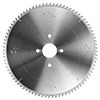 PCD Panel Sizing Saw
PCD Panel Sizing Saw PCD Scoring Saw Blade
PCD Scoring Saw Blade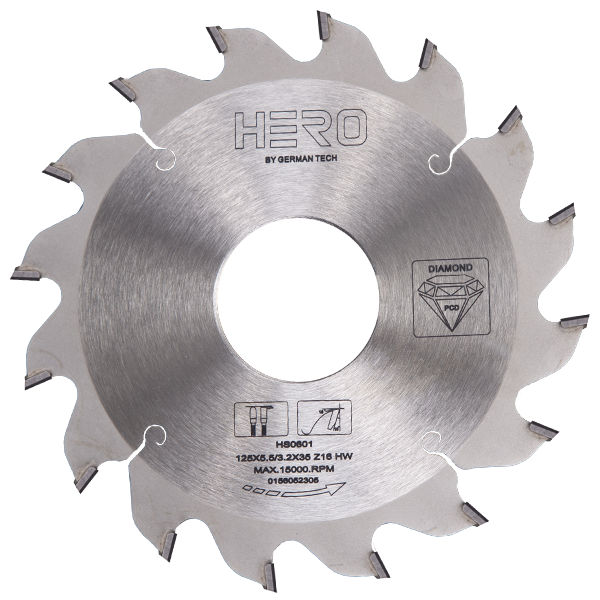 PCD Grooving Saw
PCD Grooving Saw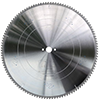 PCD Aluminum Saw
PCD Aluminum Saw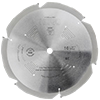 PCD Fiberboard Saw
PCD Fiberboard Saw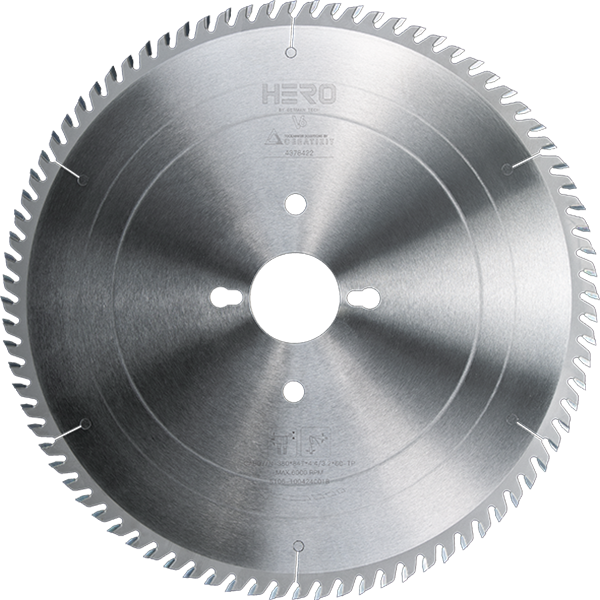 Cold Saw for Metal
Cold Saw for Metal Cold Saw Blade for Ferrous Metal
Cold Saw Blade for Ferrous Metal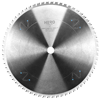 Dry Cut Saw Blade for Ferrous Metal
Dry Cut Saw Blade for Ferrous Metal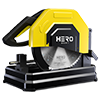 Cold Saw Machine
Cold Saw Machine Drill Bits
Drill Bits Dowel Drill Bits
Dowel Drill Bits Through Drill Bits
Through Drill Bits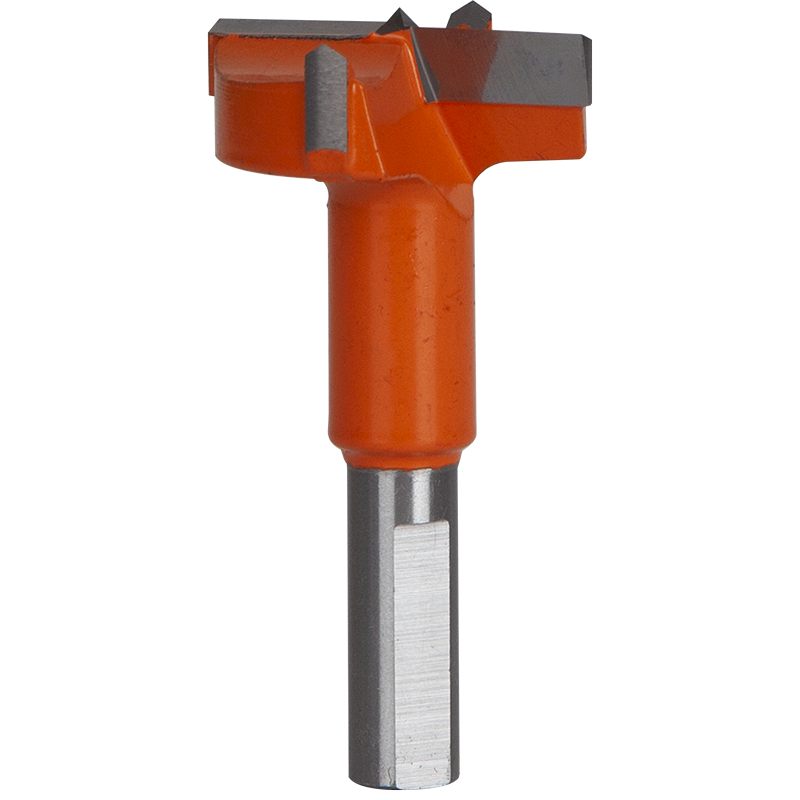 Hinge Drill Bits
Hinge Drill Bits TCT Step Drill Bits
TCT Step Drill Bits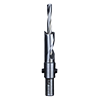 HSS Drill Bits/ Mortise Bits
HSS Drill Bits/ Mortise Bits Router Bits
Router Bits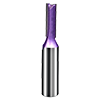 Straight Bits
Straight Bits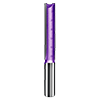 Longer Straight Bits
Longer Straight Bits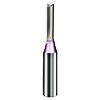 TCT Straight Bits
TCT Straight Bits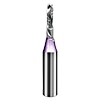 M16 Straight Bits
M16 Straight Bits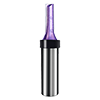 TCT X Straight Bits
TCT X Straight Bits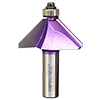 45 Degree Chamfer Bit
45 Degree Chamfer Bit Carving Bit
Carving Bit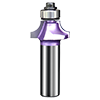 Corner Round Bit
Corner Round Bit PCD Router Bits
PCD Router Bits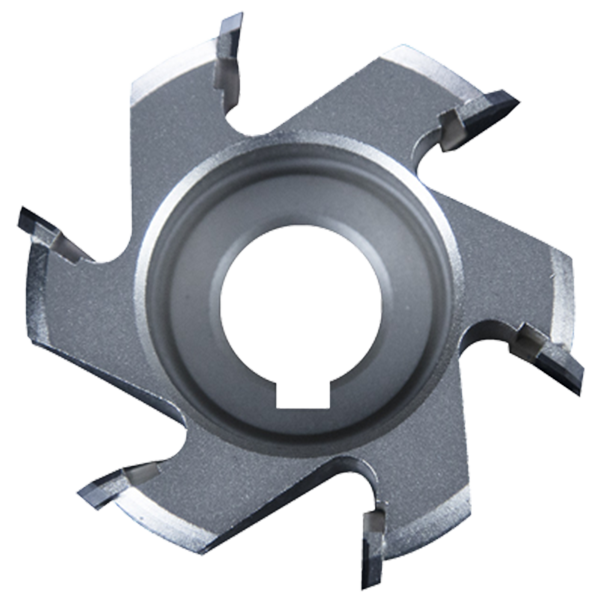 Edge Banding Tools
Edge Banding Tools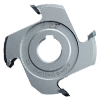 TCT Fine Trimming Cutter
TCT Fine Trimming Cutter TCT Pre Milling Cutter
TCT Pre Milling Cutter Edge Bander Saw
Edge Bander Saw PCD Fine Trimming Cutter
PCD Fine Trimming Cutter PCD Pre Milling Cutter
PCD Pre Milling Cutter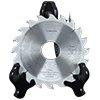 PCD Edge Bander Saw
PCD Edge Bander Saw Other Tools & Accessories
Other Tools & Accessories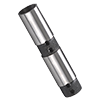 Drill Adapters
Drill Adapters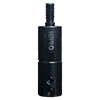 Drill Chucks
Drill Chucks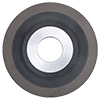 Diamond Sand Wheel
Diamond Sand Wheel Planer Knives
Planer Knives
